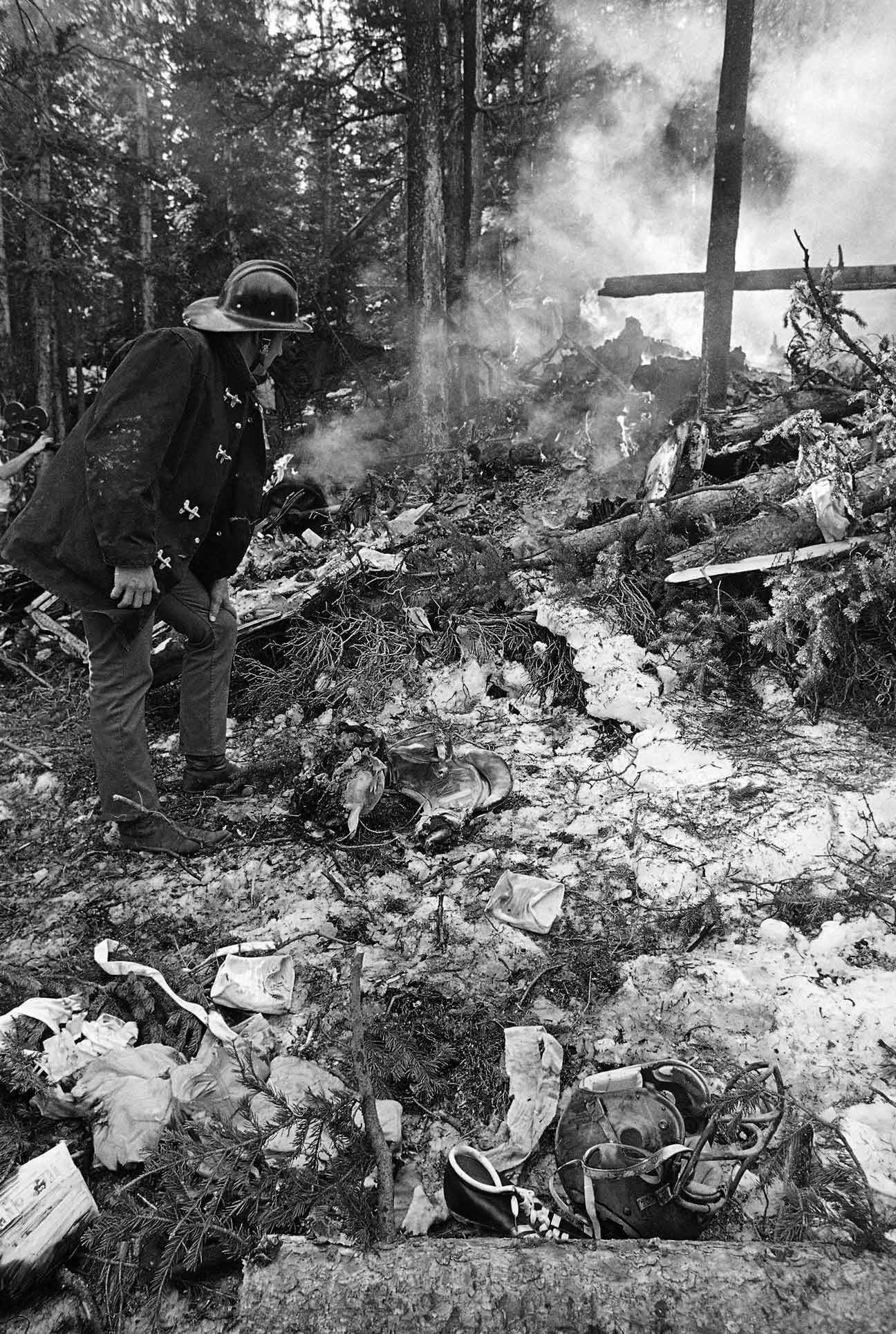For me....ESPN stopped being ESPN 15-20 years ago when they became a raving network of opinionated lunatics and arguments.
Still....I have to say....they were smart to snag Chris Connelly when they did. How good of a writer is Connelly?
Well, if you don’t know, this is an excellent example. An incredible story told so well.

 www.espn.com
www.espn.com
Still....I have to say....they were smart to snag Chris Connelly when they did. How good of a writer is Connelly?
Well, if you don’t know, this is an excellent example. An incredible story told so well.

Three generations later, the secrets of Wichita State's devastating plane crash are still unfolding
On Oct. 2, 1970, Wichita State lineman Mal Kimmel boarded a plane with his teammates for their game against Utah State. They never arrived. This is the story of the crash, and what happened after.





